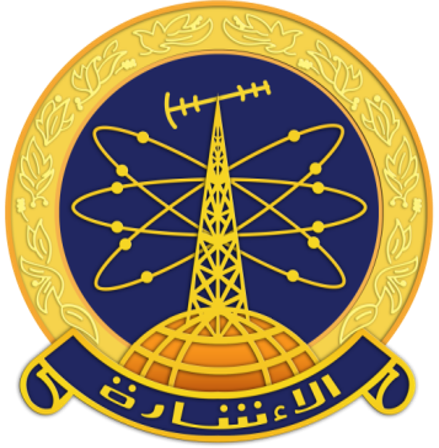Egypt Launches Experimental Satellite, Nexsat-1
)
The Egyptian Space Agency (EgSA) officially launched its experimental satellite, Nexsat-1, using China’s small orbital launch vehicle, Jielong-3 (Smart Dragon-3), from the coast of Yangjiang City, Guangdong Province, People’s Republic of China, on February 3, 2024. Following the successful launch, EgSA confirmed the reception of initial signals from the test satellite through their agency website.
This significant achievement marks a crucial milestone in Egypt’s national space programme dedicated to advancing satellite technology. Nexsat-1, designed for remote sensing, is a collaborative effort between Egyptian engineers and Germany’s Berlin Space Technologies (BST). Throughout the developmental phases of the satellite, EgSA played a pivotal role, focusing on creating critical operating software and systems. Over sixty engineers conducted functional tests, integration, assembly, and testing procedures.
Dr Sherif Sedky, the CEO of EgSA, emphasised the importance of Nexsat-1 in advancing micro-satellite technology localisation in Egypt and Africa. Beyond merely overseeing the project, EgSA played a crucial role in designing the satellite missions, charting technical descriptions for various subsystems, and establishing collaborative frameworks with the German team involved in the satellite’s design. Additionally, they created a complete Egyptian version of the satellite’s software and took charge of the intricate assembly, integration, and testing (AIT) processes of Nexsat-1. Managing these crucial phases demonstrates EgSA’s end-to-end capabilities in satellite development.
Furthermore, EgSA coordinated the entire launch process and designed and implemented a control station in Egypt to facilitate communication with the satellite and retrieval of relevant data. The experimental satellite weighs 67 kg, categorising it as a microsatellite, and is equipped with a space payload for electro-optical imaging, providing a multispectral resolution of 5.7 metres, highlighting the satellite’s capacity to capture high-detail imagery with precision.
The significance of launching Nexsat-1 lies in localising design technology and software for microsatellites. This achievement lays the groundwork for future manufacturing, aligning with the state’s sustainable development goals and creating economic returns by producing this model for other entities.
Nexsat-1 signifies Africa’s first satellite launch for the year, bringing the total number of African satellites to 59. Kindly check here for a detailed overview of all 59 satellite projects.


















.png)










